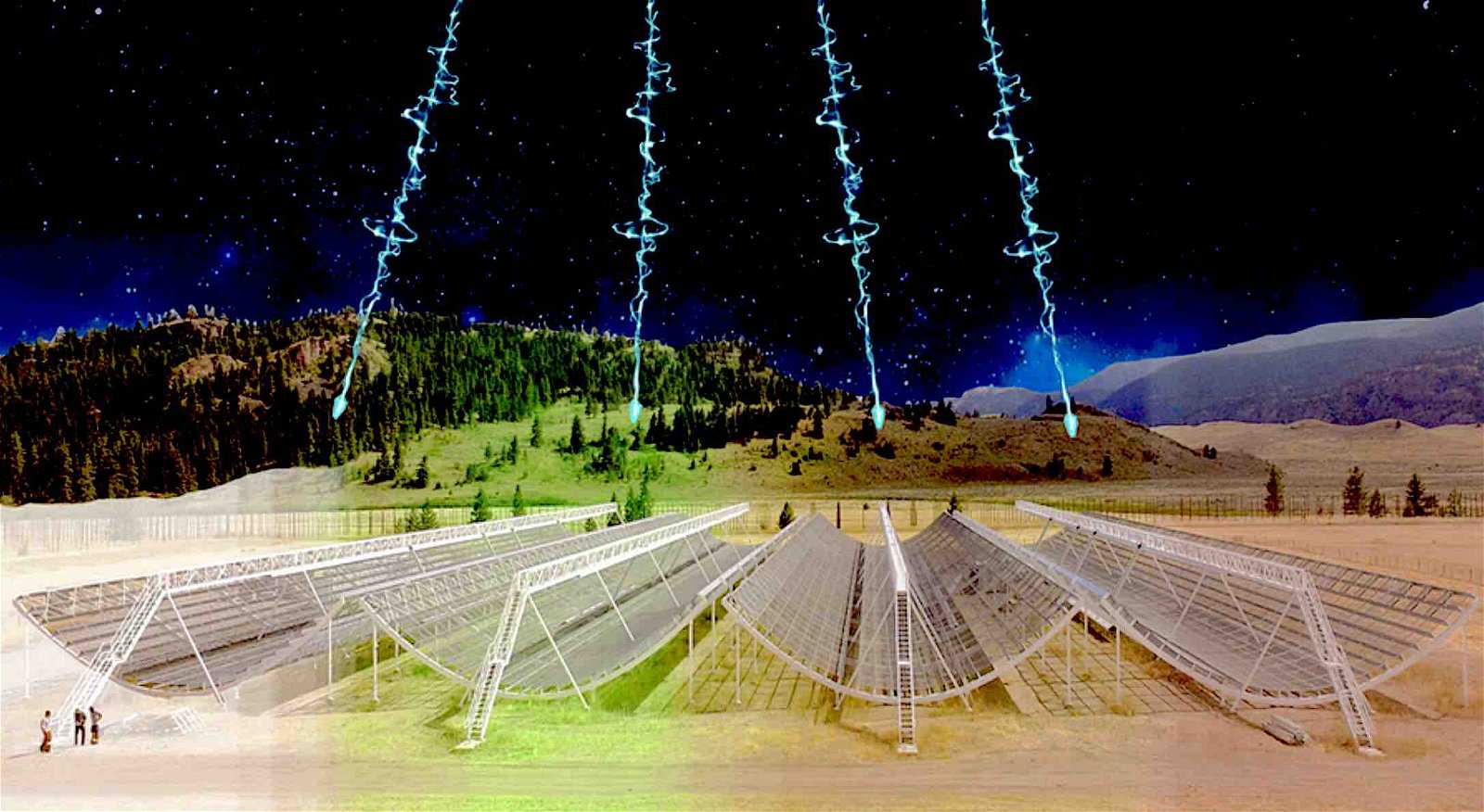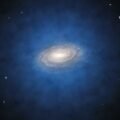A new study by researchers at MIT has doubled the number of repeating Fast Radio Bursts (FRBs) that are known to exist.
The team, a group of researchers that includes members of MIT’s Kavli Insititute, relied on statistical tools for their research as well as data collected from scans by the Canadian Hydrogen Intensity Mapping Experiment (CHIME), which previously has helped lead to the detection of FRBs numbering in the thousands during its surveillance of the northern sky.
Fast radio bursts have long remained mysterious to astronomers, although there are many theories about what may cause them. Although in the past the possibility of attempts at communication by intelligent extraterrestrials has been proposed as one possible source of the curious repeating bursts of light, most astronomers today believe they are probably a natural phenomenon that arises from the process stars undergo as they near the end of their lifespan.
Certain sources of radio waves beyond our Milky Way only burst once. However, repeating sources of these interstellar radio waves have led to speculations about whether some of them might not have similar sources that produce them.
According to the new research, the MIT Kavli Institute scientists and other team members say there are now 50 known repeating FRB sources, having doubled from 25. The team says that all FRBs may potentially become repeaters, whose bursts occur at varying frequencies and durations, which could offer clues about their origins and may help lead to deeper insights into what occurs when stars undergo their explosive deaths and what occurs afterward.
Daniele Michilli, a postdoctoral researcher at MIT and a member of the Synoptic Radio Lab led by MIT Assistant Professor Kiyoshi Masui, says the research team relied on the data collected by CHIME’s 1,024 antennae to analyze signals in their search for repeating FRBs, which “allowed us to unambiguously identify some of the sources as repeaters and to provide other observatories with accurate coordinates for follow-up studies,” Michilli said in a statement.
“Now that we have a much larger sample of repeating FRBs, we’re better equipped to understand why we might observe some FRBs to be repeaters and others to be apparently non-repeating, and what the implications are for better understanding their origins,” said Kaitlyn Shin, a Ph.D. student who, like Michilli, is a member of MIT’s Synoptic Radio Lab.
According to the researchers, the new repeating sources were detected with the aid of a new clustering algorithm that helped them spot multiple events simultaneously. The newly discovered repeaters “include sources having exhibited as few as two bursts to as many as twelve,” the team wrote in a paper that appeared in The Astrophysical Journal.
“We report a statistically significant difference in both the DM and extragalactic DM (eDM) distributions between repeating and apparently nonrepeating sources, with repeaters having a lower mean DM and eDM,” the authors write. The team says that after correcting the data for sensitivity and effects from exposure, there was no clear connection between the frequency at which the repetition rates of the repeaters and “upper limits on repetition from apparently nonrepeating sources,” although the researchers noted that “some active repeating sources stand out as anomalous.”
According to their paper, the researchers note that “the most active CHIME/FRB repeaters do have anomalously high rates compared to the bulk of the studied population.” However, the data currently suggests “that some fraction of our apparent non repeaters may yet repeat and that we cannot rule out all FRBs eventually repeating.”
In addition to the 25 new repeating fast radio bursts that have been added, the team also says that 14 other sources were detected “which are promising repeating FRB candidates and which merit follow-up observations for confirmation.”
Corresponding author Ziggy Pleunis, a Dunlap Postdoctoral Fellow at the Dunlap Institute for Astronomy and Astrophysics, says that the team’s work helps lend weight to the idea that most FRBs are likely to originate from explosive stellar deaths.
“By studying repeating FRB sources in detail, we can study the environments that these explosions occur in and understand better the end stages of a star’s life,” Pleunis said.
“We can also learn more about the material that is being expelled before and during the star’s demise, which is then returned to the galaxies that the FRBs live in,” she adds.
Micah Hanks is the Editor-in-Chief and Co-Founder of The Debrief. He can be reached by email at micah@thedebrief.org. Follow his work at micahhanks.com and on Twitter: @MicahHanks.

